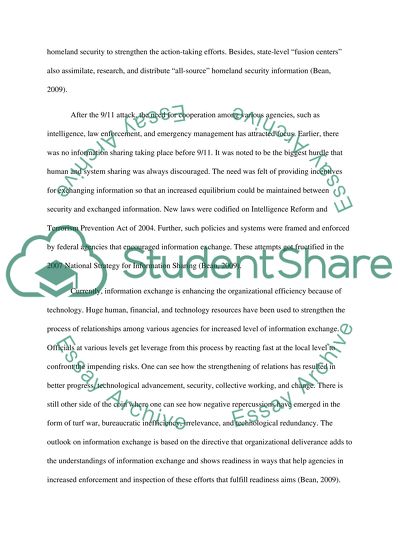Cite this document
(The Progress of the Department of Homeland Security Assignment, n.d.)
The Progress of the Department of Homeland Security Assignment. Retrieved from https://studentshare.org/military/1611361-the-dhs-progress
The Progress of the Department of Homeland Security Assignment. Retrieved from https://studentshare.org/military/1611361-the-dhs-progress
(The Progress of the Department of Homeland Security Assignment)
The Progress of the Department of Homeland Security Assignment. https://studentshare.org/military/1611361-the-dhs-progress.
The Progress of the Department of Homeland Security Assignment. https://studentshare.org/military/1611361-the-dhs-progress.
“The Progress of the Department of Homeland Security Assignment”, n.d. https://studentshare.org/military/1611361-the-dhs-progress.


